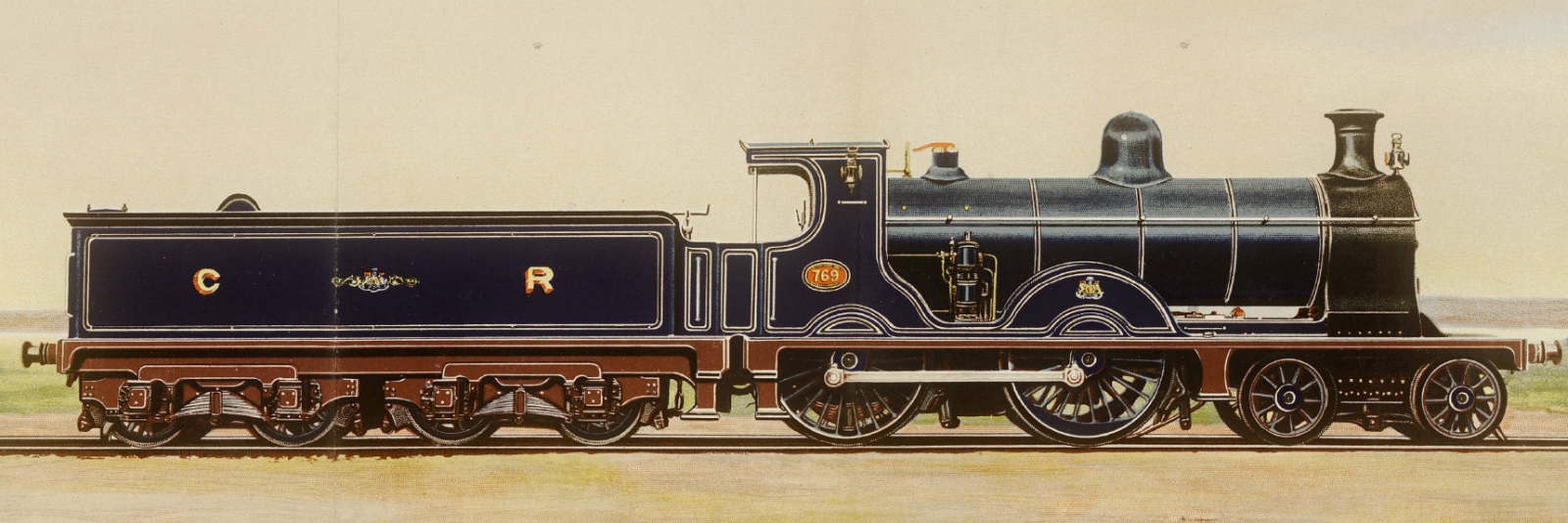The increasing weight of the express trains in the 1980s and 1990s also presented the Caledonian Railway with the problem that inefficient double-headings had to be used more and more frequently. John F. McIntosh, who was chief engineer from 1895, increased the performance of the 4-4-0 locomotives to the maximum that was possible within the limits of physics and engineering. Key to this was the use of a larger boiler that just fit into the gauge of the Scottish routes and was operated at 160psi. The resulting locomotive was named the Dunalastair class after a well-known Scottish clan. It also formed the basis for Belgian tender locomotives with a 4-4-0 wheel arrangement and tank locomotives with a 4-4-2T wheel arrangement, of which 424 were built.
In 1896 15 examples of the actual Class 721 were built, numbered 721 to 735 and later named Dunalastair I. This was followed in 1897 by the numbers 766 to 780 as Dunalastair II and in 1899/1900 by 887 to 902 as Dunalastair III. The latter two series received four-axle tenders in order to be able to cope better with the longer distances in the Scottish expanses. Records of the Dunalastair III show a 32 mile run with a 250 ton ton at an average speed of 58 mph. Between 1904 and 1910, another 19 units followed as Dunalastair IV. From 1910, a total of 21 engines of classes 139 and 43 were built, which had a superheater ex works and, depending on the author, are either also classified in the Dunalastair class or regarded as a separate class.

No. 769 Dunalastair II
Locomotive Magazine, June 1898
During development, the boiler pressure was increased first to 175 and then 180 psi. Beginning in 1914, when some Series II, III and IV locomotives were retrofitted with superheaters, the boiler pressure was lowered back to 170 psi and larger cylinders were installed. At the LMS they were numbered between 14311 and 14439. While all Dunalastairs in the original version were retired by 1935, the superheated engines survived longer. Of a total of four engines that were taken over by British Railways, the last Dunalastair IV survived until 1958.